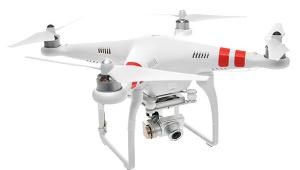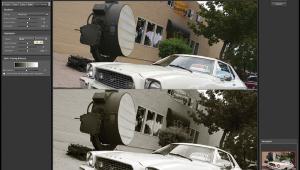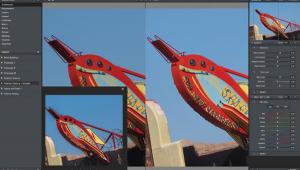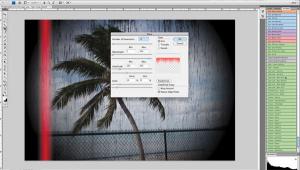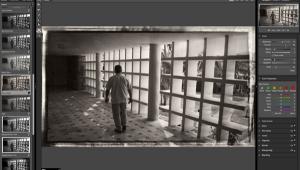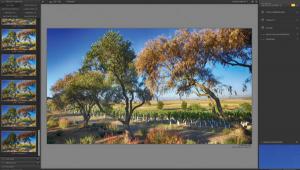Digital Innovations
A Myth Is As Good As A Mile
Wash And Wear Memory Cards
"It takes a licking and keeps on ticking."--John Cameron Swayze on Timex A story oft told in photofinishing
circles and one that is, perhaps, apocryphal goes like this: A customer
walks into a minilab with a roll of 35mm film. He gives it to a clerk
who holds the film in his hand while writing the order and then, suddenly,
drops it onto the counter top. Now, the customer shouts, "All
the pictures will be blurry." |
|||
I started a photo session with
a 32MB Lexar Media 4x card and captured 14 large JPEG files using a Canon
EOS 10D before using a larger card for the rest of the shoot. Shortly
thereafter, I ran the 32MB card (hey, I wasn't going to wash a 512MB
card, just in case...) through as many normal wash loads as I could
during the time this column was being prepared. Sometimes it was hot water,
sometimes cold, other times liquid bleach was added, and the CompactFlash
card was dried at whatever temperature the clothes required. |
|||
My engineer friends will tell me that there are many variables in these ad hoc tests beginning with the water's Ph, kind of soap used, type of machines, and lastly the brand of card. But here's what I found: After 10 complete wash and dry cycles in a state of the art Maytag machine, this particular Lexar Media CompactFlash card still displayed all of the images originally stored on it without any problems and I've continued to use the card without incident. You may not want to try this at home, but if it accidentally happens the chances are darn good the CompactFlash card will emerge dry, maybe warm to the touch, but unscathed. |
|||
Plug-In Of The Month |
|||
Mac OS X Utilities
Of The Month Digital Stuff You're
Gonna Want Confessions Of A Plug-In
Collector |





